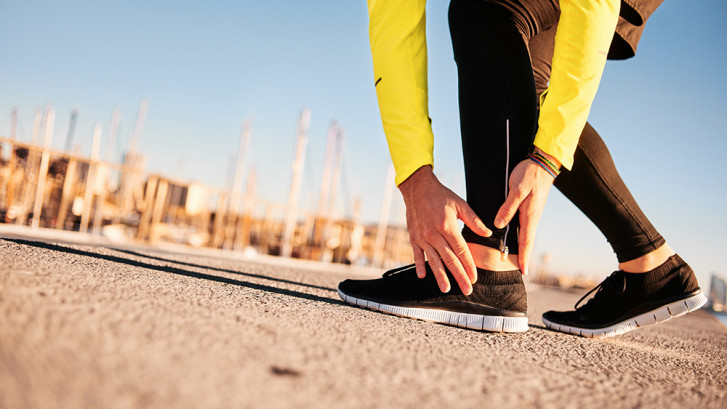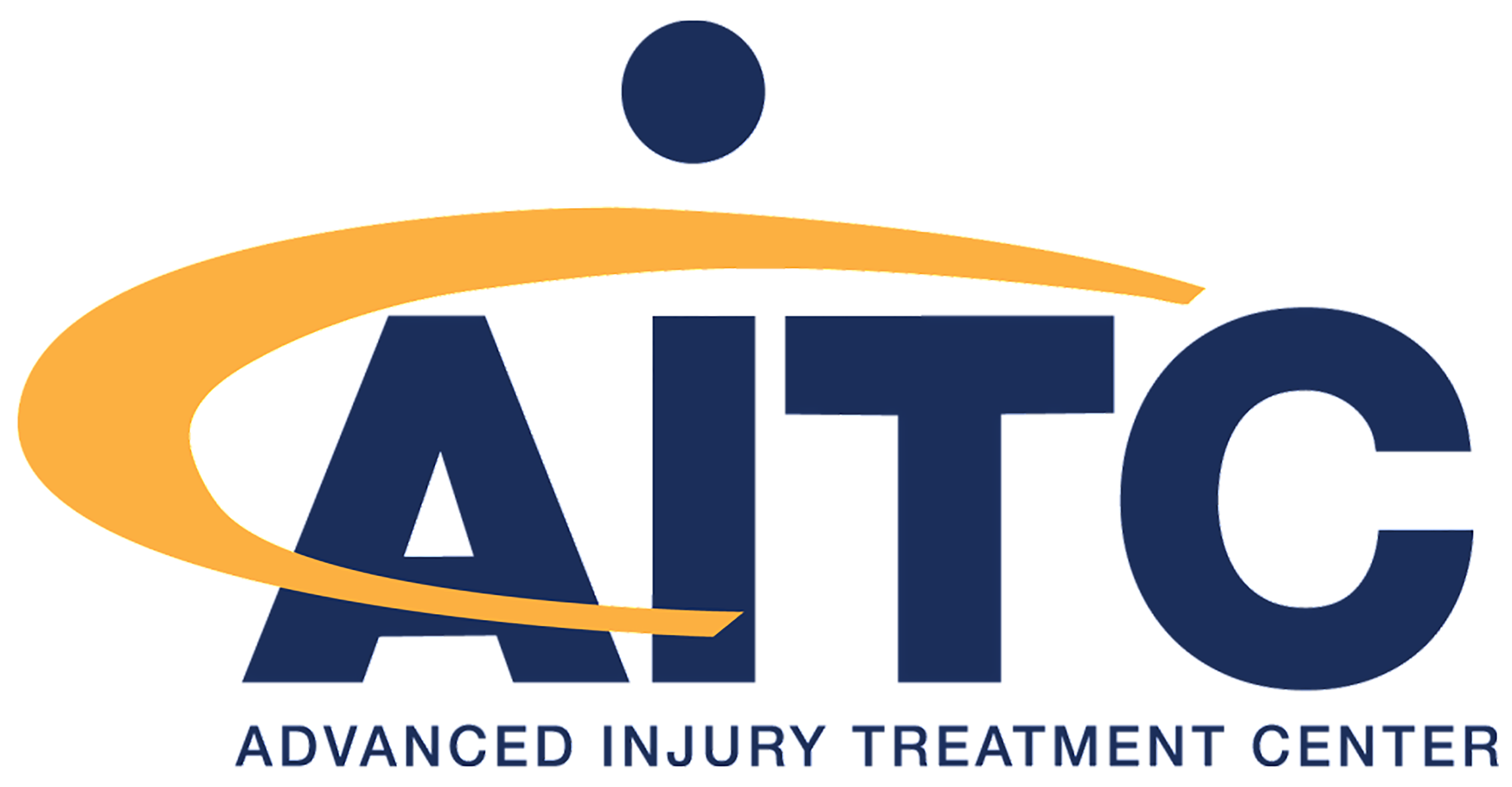The Foot

We all know how important our feet are. They are keep us on the move and enable us to work, play, and function on a daily basis.
The foot consists of many muscles, tendons, and twenty-six small bones. These bones are linked together as synovial joints, with capsules, ligaments, and synovial membranes. The ligaments which bind the bones work together as important support to the structures of the foot. The plantar fascia is a strong band that binds the structures under the sole of your foot and separates the skin from the muscles and tendons. Within the basic structure of the bones and soft tissue there are individual differences; some you are born with while others you develop through use, aging or injury.
During weight-bearing movements like walking and running, the foot bones form functional arches which transmit the force of each step. The foot is pliable, and adapts to uneven surfaces through proprioception. It becomes rigid and absorbs shock when you land on the ground during running or jumping and is used to pivot in sports like field hockey and dancing.
Gradual pain in one or both feet can be caused by inflammatory conditions, circulatory problems, neurological conditions, and from referred symptoms from the leg, hip, or back. The bones and soft tissues of the foot can also be injured through trauma or overuse during activity. A break usually causes bruising, swelling, and makes weight bearing difficult. Even minimal soft tissue damage can be extremely agonizing with swelling, tenderness, and pain with use present.
A common foot injury is plantar fasciitis where the plantar fascia under the sole of the foot can be partly torn or strained either suddenly, or most commonly, over time. You will feel either dull or sharp pain under the foot. If you press it, the painful area feels tender. You feel pain when you go up on your toes and stretch the sole of your foot. Usually there is no pain at rest. AITC has helped many patients recover from plantar fasciitis without surgery.
It is important to seek medical attention for both traumatic injury as well as suspected overuse injury. After any injury, the muscles around the injury will be weak. As the body depends on its muscles and tendons for stability as well as movement, the priority is to strengthen them and to restore the correct movement patterns. Basic isometric exercises followed by dynamic strengthening, stretching, and mobilization in addition to manual therapy and neuromuscular coordination, all within pain limits, will help to assure a fast and full recovery.
Having foot problems? Call our office today at 603-627-6381 to schedule an appointment with one of our Doctors.
